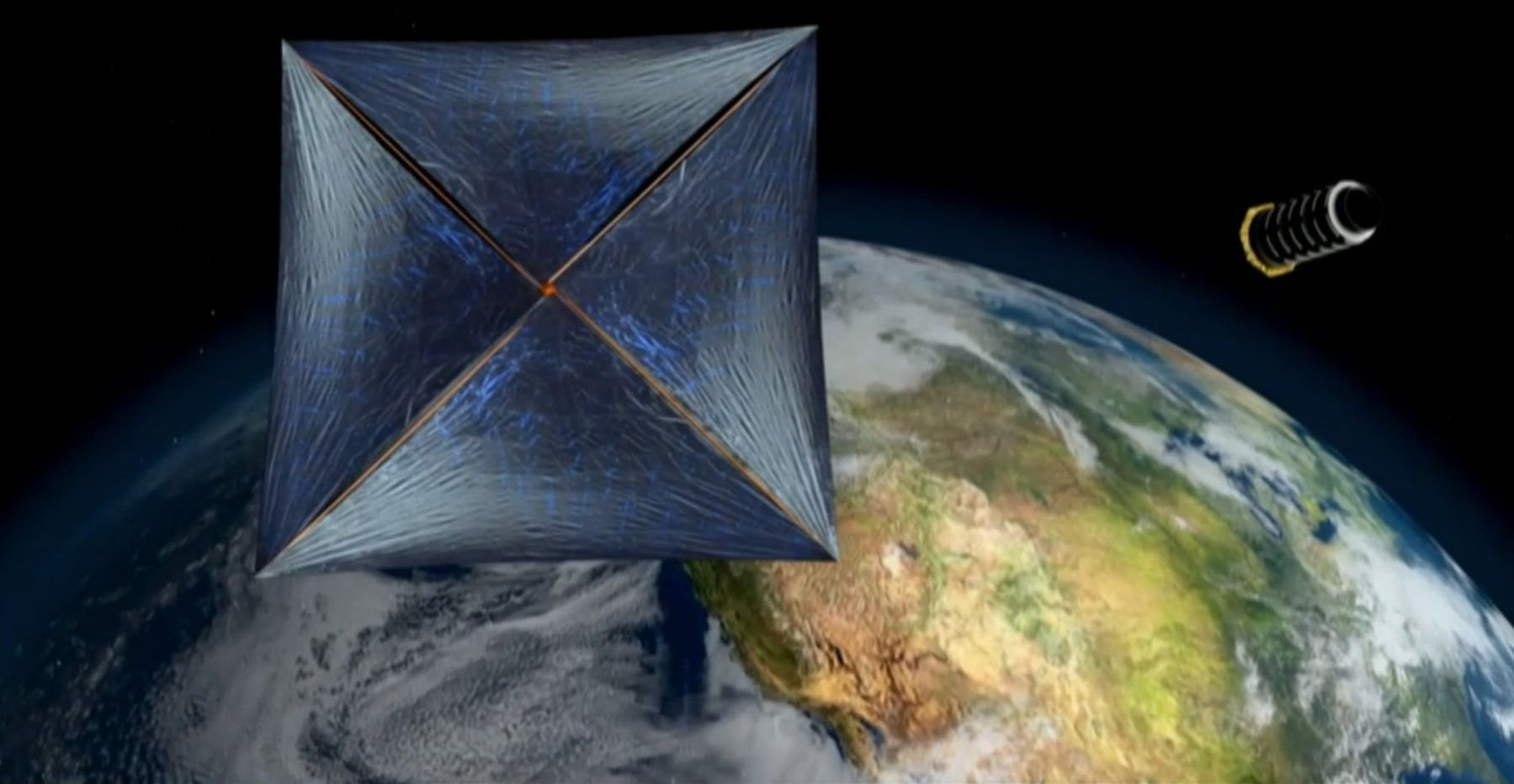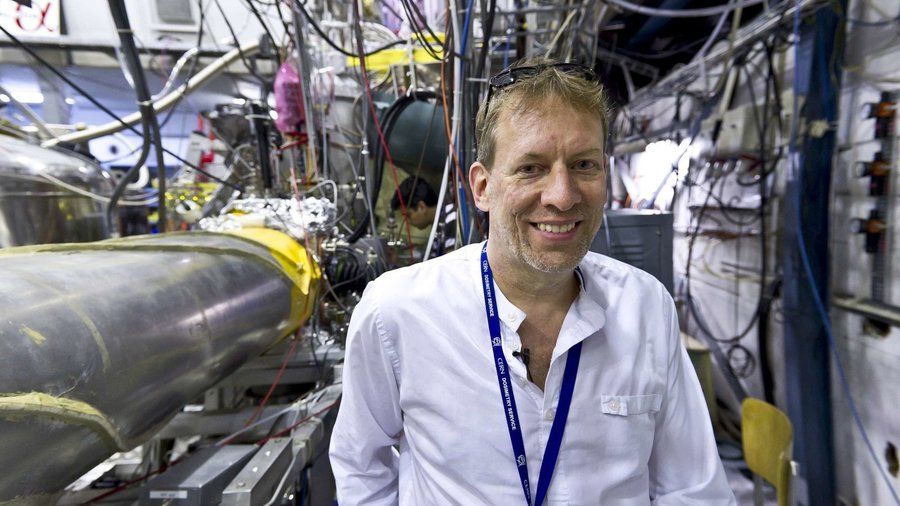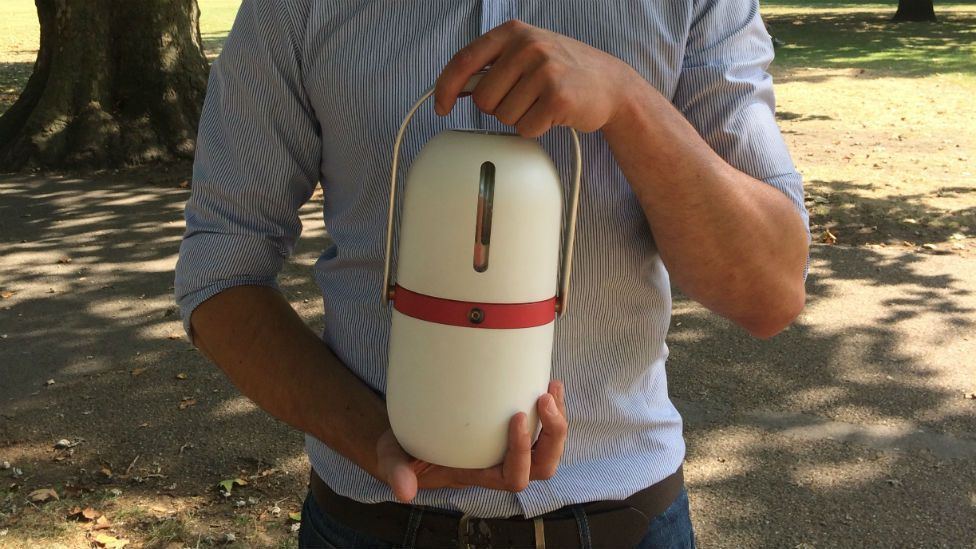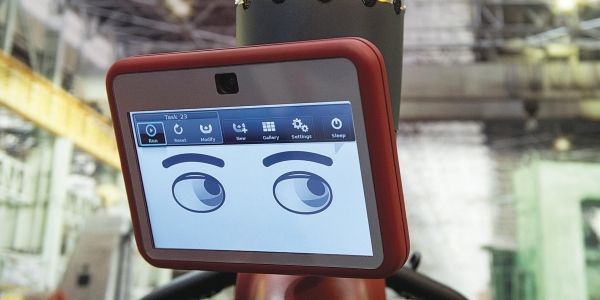Archive for the ‘innovation’ category: Page 192
Mar 17, 2017
China’s tech giants are pouring billions into US start-ups
Posted by Derick Lee in category: innovation
SoFi is just the kind of deal that Chen has been pursuing: His NYSE-listed company, once known as the Facebook of China, has been investing in fast-growth tech start-ups to broaden its revenues and boost its stock price. That connection with Renren has also boosted SoFi.
“Joe is a great investor and was our investor from the early days. He saw the vision early on and pushed us to grow faster and be more aggressive,” said Dan Macklin, a co-founder of SoFi in San Francisco.
Similarly to Renren, China’s tech titans Baidu, Alibaba and Tencent are leading a surge of Chinese investment in cutting-edge U.S. technology start-ups with bold ambitions to expand their footprint, attract top talent and gain an edge in innovation.
Continue reading “China’s tech giants are pouring billions into US start-ups” »
Mar 9, 2017
JPMorgan Software Does in Seconds What Took Lawyers 360,000 Hours — By Hugh Son | Bloomberg
Posted by Odette Bohr Dienel in categories: automation, finance, innovation, robotics/AI, software

“At JPMorgan Chase & Co., a learning machine is parsing financial deals that once kept legal teams busy for thousands of hours.”
Tag: Banking
Mar 6, 2017
Nanotechnology Combatting Global Warming
Posted by Pasha Rudenko in categories: chemistry, complex systems, disruptive technology, energy, environmental, innovation, materials, nanotechnology, Singularity University, sustainability, transportation
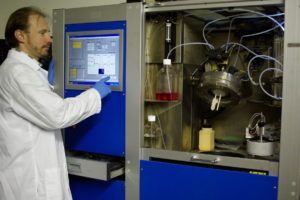 Superlubricity nano-structured self-assembling coating repairs surface wear, decreases emissions and increases HP and gas mileage.
Superlubricity nano-structured self-assembling coating repairs surface wear, decreases emissions and increases HP and gas mileage.
Globally about 15 percent of manmade carbon dioxide comes from vehicles. In more developed countries, cars, trucks, airplanes, ships and other vehicles account for a third of emissions related to climate change. Emissions standards are fueling the lubricant additives market with innovation.
Up to 33% of fuel energy in vehicles is used to overcome friction. Tribology is the science of interacting surfaces in relative motion inclusive of friction, wear and lubrication. This is where TriboTEX, a nanotechnology startup is changing the game of friction modification and wear resilience with a lubricant additive that forms a nano-structured coating on metal alloys.
This nano-structured coating increases operating efficiency and component longevity. It is comprised of synthetic magnesium silicon hydroxide nanoparticles that self-assemble as an ultralow friction layer, 1/10 of the original friction resistance. The coating is self-repairing during operation, environmentally inert and extracts carbon from the oil. The carbon diamond-like nano-particle lowers the friction budget of the motor, improving fuel economy and emissions in parallel while increasing the power and longevity of the motor.
TriboTEX has a Kickstarter campaign that has just surpassed $100,000 in funding. The early bird round has just closed that offered the product at one half the cost of its retail. The final round offers the lubricant system self-forming coating at 75 percent and is ending shortly. The founder Dr. Pavlo Rudenko, Ph.D. is a graduate of Singularity University GSP11 program.
Tags: future, nanotechnology, research, singularity, technology, tribotex
Feb 27, 2017
Scientists Make Breakthrough in Antimatter Research
Posted by Shane Hinshaw in categories: innovation, particle physics
CERN researchers make a major step in understanding antimatter by trapping antihydrogen atoms and controlling them with lasers.
Feb 25, 2017
This invention by a British student could save millions of lives across the world
Posted by Klaus Baldauf in categories: biotech/medical, innovation
A 22-year-old British student has invented a mobile fridge that could save millions of lives across the world.
Will Broadway’s “Isobar” has been designed to keep vaccines at the ideal temperature while in transit in developing countries.
And Will doesn’t plan to make money from his creation.
Feb 25, 2017
MIT’s Annual Technology Review Reveals 10 Breakthrough Technologies For 2017
Posted by Karen Hurst in categories: futurism, innovation
List from MIT Technology Review Explores the Most Remarkable Innovations of 2017, breakthroughs that may, or may not, change our future in dramatic ways.
Feb 23, 2017
Job-Killing Computerization Sets Its Sights on the University Researcher
Posted by Karen Hurst in categories: innovation, robotics/AI
Is there nothing sacred for goodness sakes anymore! The robots are replacing the University Research Teams. Personally, I will be shocked if it will indeed (on a massive scale) take over all experimental innovation activities in research.
At this past weekend’s annual meeting of the American Association for the Advancement of Science, scientists also heard broader warnings about the threats to American workers posed by computerized automation.
Feb 23, 2017
Creativity linked by study to left brain and right brain connections
Posted by Karen Hurst in categories: innovation, neuroscience
Alright my neuro research & deep-mind learning friends out their; you may wish to read this find; especially as we continue our mapping and mimicking brain functions in systems as well as look at brain enhancement technologies as this is good to know as we try to boost innovation via technologies.
The most creative individuals have more nerve connections between the right and left sides of their brains, reveal researchers in the United States who analyzed connections in 68 different brain regions.
Long believed to be key in fostering imagination and intuition, as well as artistic awareness, and visual and auditive approaches, the right hemisphere isn’t the only part of the brain with a role to play in determining creativity, according to new research from Duke University.
Continue reading “Creativity linked by study to left brain and right brain connections” »
Feb 22, 2017
A DARPA Perspective on Artificial Intelligence
Posted by Dan Kummer in categories: innovation, robotics/AI

What’s the ground truth on artificial intelligence (AI)? In this video, John Launchbury, the Director of DARPA’s Information Innovation Office (I2O), attempts to demystify AI–what it can do, what it can’t do, and where it is headed. Through a discussion of the “three waves of AI” and the capabilities required for AI to reach its full potential, John provides analytical context to help understand the roles AI already has played, does play now, and could play in the future.
Download the slides at: http://www.darpa.mil/about-us/darpa-perspective-on-ai
